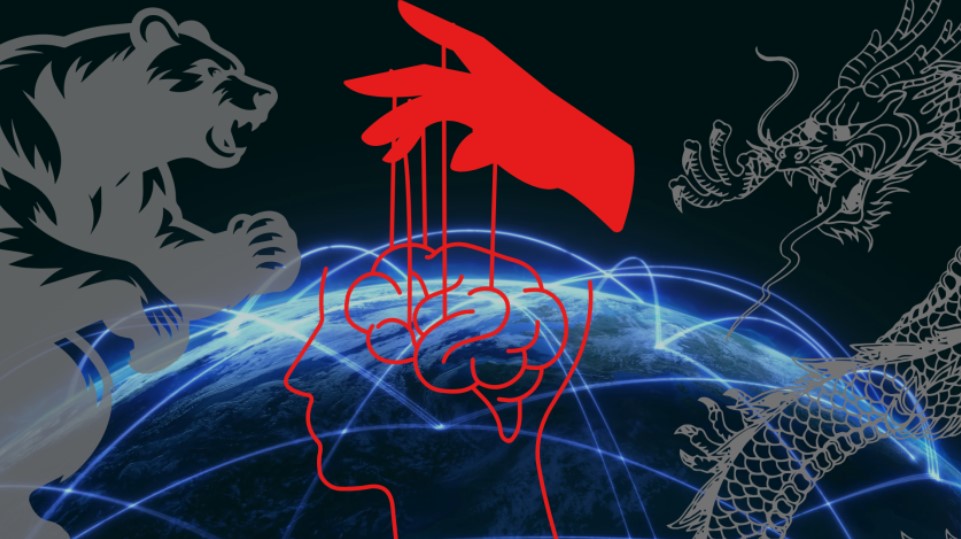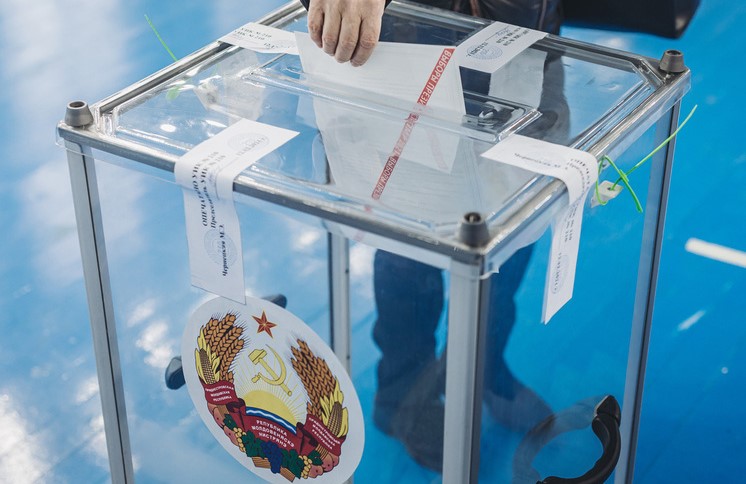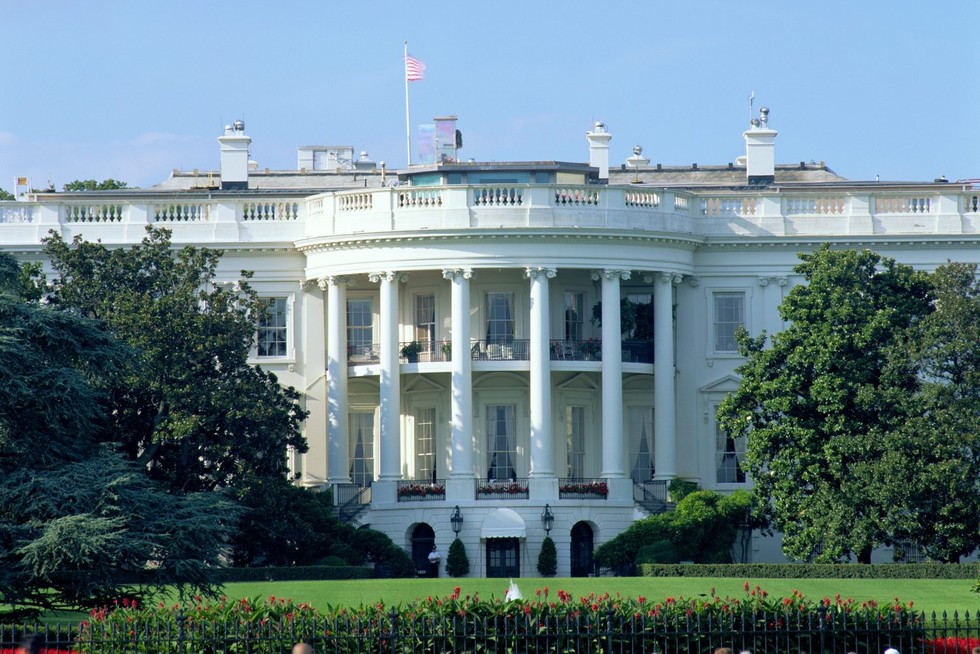China and Russia increasingly use cognitive technologies and manipulation on social media to influence public opinion and destabilize political systems
Such actions effectively represent a new form of war — cognitive war — where the enemy tries to change the perceptions, feelings, and behavior of the population of another country to achieve its political goals, as reported by Taiwaninsight.
China’s tactics cover a wide range — from military drills and cyberattacks to creating and spreading narratives online. Taiwan perceives this as a constant threat. Chinese military maneuvers near its waters in 2024 were a response to Taiwan’s National Day celebrations, which heightened tensions. However, polarization is also observed within Taiwanese society: the Democratic Progressive Party and opposition coalitions debate whether to pursue rapprochement with or distance from China. This internal division gives Beijing opportunities for manipulation, as it passively or actively influences public consciousness and political mood, undermining the legitimacy of the government.
This strategy corresponds to the concept of “political warfare” — the art of achieving strategic goals through influence, subversion, and coercion. In China’s case, the ultimate goal remains “reunification” with Taiwan, which Chairman Xi Jinping views as essential for the “great rejuvenation of the Chinese nation.”
Russia engages in similar actions, actively influencing political groups in the European Parliament by using narratives that undermine the liberal-democratic order. The European Parliament has officially recognized that external forces attempt to interfere in EU political processes by spreading disinformation and influencing public opinion. Studies have shown that extreme political forces in the European Parliament are more likely to support pro-Russian positions, especially on energy issues, despite Russia’s ongoing war against Ukraine.
Classic examples of cognitive warfare are seen in Taiwan and Moldova. During the egg shortage in Taiwan in 2022–2023, pro-China politicians and media spread rumors blaming the government for incompetence. China used the situation to increase public distrust of authorities. However, the Taiwanese government responded quickly, debunked the fakes, and civil society demonstrated a high level of media literacy.
In contrast, the situation in Transnistria shows how Russia uses economic and energy crises to influence the population. In 2022, gas supply cutoffs and power outages caused by Russian strikes in Ukraine triggered public dissatisfaction. Russian propaganda blamed Moldova for “technical errors,” while local pro-Russian leaders supported fake claims about NATO countries allegedly supplying weapons to Moldova. This was accompanied by active broadcasts via TV channels and social media, especially targeting the older population nostalgic for the USSR.
The difference between Taiwan and Transnistria lies in the presence or absence of resilience to disinformation. Taiwan demonstrated the ability to mobilize society, implement fact-checking tools, and counter manipulations. Transnistria, by contrast, became an example of how the lack of civil oversight and media literacy makes society vulnerable to cognitive aggression.
Thus, China and Russia use polarization within democratic states as a tool of pressure and manipulation. These states deliberately sow discord and undermine trust in authorities, relying on modern technologies and vulnerabilities in political culture. Yet the scale and depth of their influence on collective thinking remain underestimated and require further study.





















